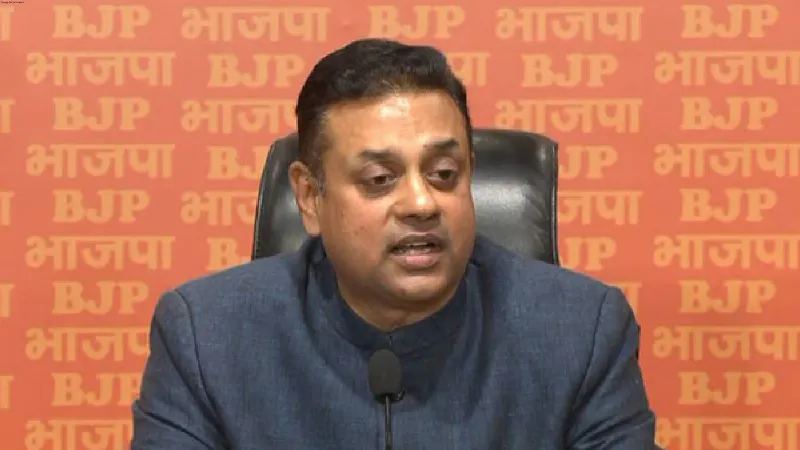Latest News
INDIA’S PREREQUISITES AS A DEVELOPED NATION

India became the fifth-largest economy with a GDP of $3.39 trillion in the world in December 2021, surpassing England. Since then, every Indian has begun to experience a sense of certainty about the future, but it also signalled the start of global economic race. It’s worth noting that in the three decades following 1990, India’s GDP was around $0.3 trillion, $0.52 trillion, and approximately $2 trillion, respectively. Now, it is estimated to reach $3.75 trillion by the end of 2023. During this economic sprint, a sudden pause came when Prime Minister Narendra Modi, on Independence Day, mentioned setting a time limit of 2047 to transform India into a developed nation, focusing on increasing per capita income through economic policies. Currently, India has a per capita GDP of around $2,300, while Germany, at the fourth position, is around $48,000, and Japan, at the third position, is approximately $33,000 in terms of GDP per capita.
Furthermore, based on the size of the GDP, India has outpaced England by a significant margin, but per capita income of England is still 20 times higher than India. The economic standard of living of Indians has changed significantly over the last two to three decades, and these changes may be seen in a variety of quality indicators. For instance, it’s relatively easy to understand the fluctuations and economic success as dimensions in the lives of the first generation born in this independent country (in the 1950s) and the second generation (after the 1970s).
Despite all this, if there is no universal opinion that India is still far behind in the path of development, then surely one of the main reasons behind this is the lack of the latest data related to surveys, reports, etc. regarding the development of our economy.For example, if we want to understand the number of individuals dependent on the unorganized sector in India and their economic standard of living, the available data is approximately 13 years old. It’s quite astonishing that nearly 50 percent of this country’s national income is generated through employment in the unorganized sector, and when the figures related to the economic status of this sector are more than a decade old, how can one comprehend their current situation? Similarly, surveys regarding individuals dependent on the agriculture sector are also outdated. The service sector has always been a major contributor to the Indian economy for a long time.The most recent data on the service sector is from 2011, and throughout the past ten years, there have been substantial changes, encompassing both positive and negative aspects in this industry.
Undoubtedly, this sector boasts global-level quality, but, on the other hand, it has exacerbated economic inequality in India. Another astonishing fact is that inflation, or rising prices, which is the most sensitive issue of all, is not calculated in a completely logical manner. The RBI, which has the highest responsibility of controlling inflation, always makes the Consumer Price Index a mainstay in which the comparative weightage of food items is very high. Fluctuations in the price of seasonal vegetables greatly affect the rate of inflation, but the changes in the price of crude oil at the global level do not affect much.
On the other hand, in the last decade, the common man in Indian society has been more attracted to the private sector towards health-related facilities and education, and in all this, the expenditure on children’s tuition is not included in any kind of inflation figure. It’s also surprising that fluctuations in wheat prices contribute to inflation, while the government provides free grain to 80 crore people according to official statistics. It’s worth noting that the last comprehensive survey of consumption and purchasing patterns in India took place in 2011-12. Has there been no change in how Indians buy and consume goods and services over the past decade? Moreover, our country’s population figures are 12 years old, making it challenging to understand the current per capita contribution to economic development. It’s important to talk about the fact that some recent changes have now turned into a longlasting trend. Even smaller towns are not beyond the grasp of established startups. Startups have been established, and even smaller towns are not left out of their reach. The entertainment industry has also transformed old cinemas into multiplexes, and OTT platforms have carved out their space. Online shopping has become a part of our routine, social media branding is a significant tool, and every middleclass family prioritizes buying mobile phones for each member. Moreover, post demonetization, various platforms for financial transactions and the continuous increase in GST collections are attracting everyone’s attention. Certainly, the path to development now depends on having the latest information from all kinds of economic surveys related to the economy, and based on that, developing economic policies; otherwise, relying solely on GDP figures will not create any real attraction.
THE VIEWS EXPRESSED BY THE AUTHOR ARE PERSONAL
Dr PS Vohra The writer is a columnist & financial thinker





















